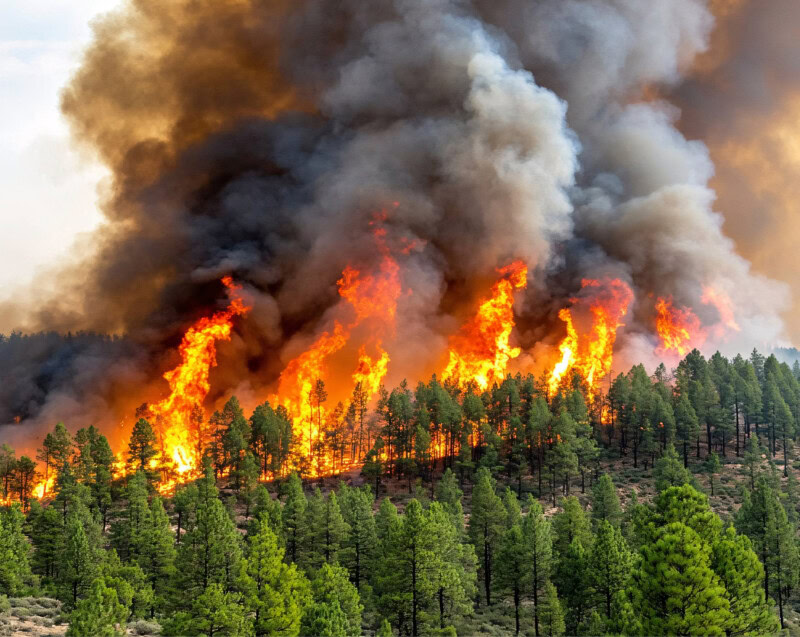When an environmental incident occurs, stopping the immediate threat is the priority. Crews assess hazards, deploy protective equipment, and work to contain the source. Yet the reality is that response is only the beginning of a much longer process. The transition into remediation and restoration determines whether a community and ecosystem can truly recover.
Anthony “Tony” Palagyi, Senior Consultant for Environmental Response, has witnessed this lifecycle unfold throughout his decades of experience. With a background in marine ecology, Tony transitioned into response and remediation work at a time when industry and regulators were shaping new frameworks for environmental recovery. Since then, he has helped guide strategies that balance science, law, and community needs. For Tony, looking at response, remediation, and restoration as one connected process is essential. He explains that effective recovery starts with clear objectives. “It’s important to have a strategy and methodology early on. By doing that, you minimize the inefficiencies that can come from endless meetings and shifting directions,” he said. Early planning helps define what data to collect, how to interpret it, and what end goals should look like.
First on the Scene: Safety, Scope, and Science
When CTEH arrives on-site, the initial focus falls on safety. Teams assess site hazards and confirm that protective measures are accurately in place. From there, they can determine the scope of impact. Has the contamination spread to waterways? Is the native wildlife affected? What agencies need to be notified or involved? Each answer influences the path to remediation.
Early data collection plays a central role in shaping that path. Information about contamination levels and locations informs negotiations with regulators and helps avoid treatments that may cause more harm than good. Research has shown that some cleanup methods can cause more damage than the incident itself. “There are some cases where it’s better to let nature degrade contaminants than to go in heavy-handed,” Tony noted. This philosophy is formalized in Net Environmental Benefit Analysis (NEBA), a framework that helps balance the risks, benefits, and trade-offs of different actions. NEBA incorporates ecological, social, and economic considerations to identify strategies that minimize harm while maximizing recovery. By applying scientifically defensible methods, we use NEBA to help clients manage site responsibilities while supporting outcomes that protect ecosystems and serve the public good.
The Bridge Between Response and Remediation
The bridge from response to remediation often depends on how well early decisions are made. Emergency work focuses on stopping the source and managing immediate impacts. Remediation looks further ahead, aiming to return ecosystems and communities to a healthier state. This phase can take years, and sometimes decades, depending on the extent of injury. As Tony explained, “You cannot always solve it overnight. Sometimes it is more effective and safer to manage issues over time rather than rushing to remove everything at once.”
Remediation is not one-size-fits-all. At CTEH, strategies are tailored to the ecosystem and the specific conditions of a site. Teams conduct soil, water, and sediment assessments; plan and implement remediation approaches; and design solutions that help ensure long-term environmental compliance while addressing risk and the needs of the client. In some cases, that work may involve post-disaster recovery, habitat surveys, or revegetation and reclamation to restore ecological balance. In others, it may include watershed resiliency planning or managing/restoring impacted lands such as brownfields and mine sites.
Science-Backed Decisions and Building Trust
Science is central to the process. CTEH emphasizes reliable, transparent data to guide its recommendations. That commitment to science also builds trust. By working with agencies through drills and workshops, the team fosters relationships that make decision-making smoother in times of crisis.
Community engagement is another important element. In some cases, companies choose to go beyond what regulations require to demonstrate accountability and rebuild trust. “If you are going to continue operating in a community, you want to show you are committed to being a good member of it,” Tony said.
Experience across diverse incidents has shaped how CTEH approaches data management. Tailored database systems give teams the ability to document and revisit every decision, sample, and result. This ensures accuracy even long after a project concludes. New innovations, such as real-time reporting systems, make it possible to manage thousands of data points quickly and accurately.
Looking Ahead: New Energy, New Challenges
Tony sees emerging challenges from alternative energy technologies, new contaminants, and changing habitats and ecology. Incidents involving lithium batteries, for example, present new risks to waterways and communities. PFAS contamination also requires specialized sampling methods and strict protocols to avoid cross-contamination.
Changes in temperature and habitat utilization are further complicating NRDA and restoration by altering preferred and shifting species home ranges. Restoration planning must consider how ecosystems and habitats may change in the coming decades. “It is difficult restore something that likely will not be there in 20 years,” Tony explained “By examining biodiversity and other drivers, we can anticipate how ecosystems may shift and plan restoration accordingly.”
At its core, Tony stresses, environmental response and remediation are about recovery and renewal. “The goal is to do everything possible to restore what was lost,” he said. While the path from response to remediation is often complex, it also offers an opportunity: with the right strategy, risk assessment, science, and community focus, each challenge can become a step toward greater resilience.
Looking for guidance on environmental preparedness, response, or remediation? Contact us today to speak with our team of experts.




